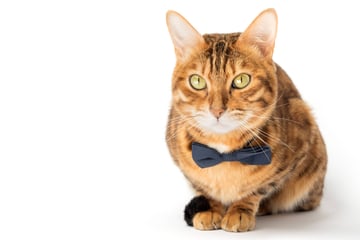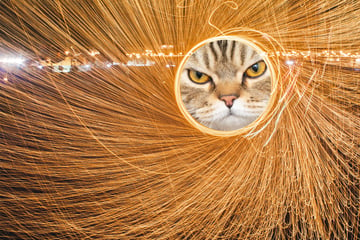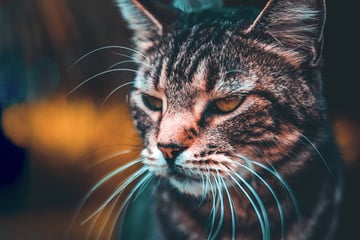Cat history: The domestication of cats, from Egypt and beyond
The history of cats is surprisingly intriguing. It's a topic and story that reaches back thousands of years, to before even the ancient Egyptians. Their domestication, in particular, is fascinating. Let's dive in.
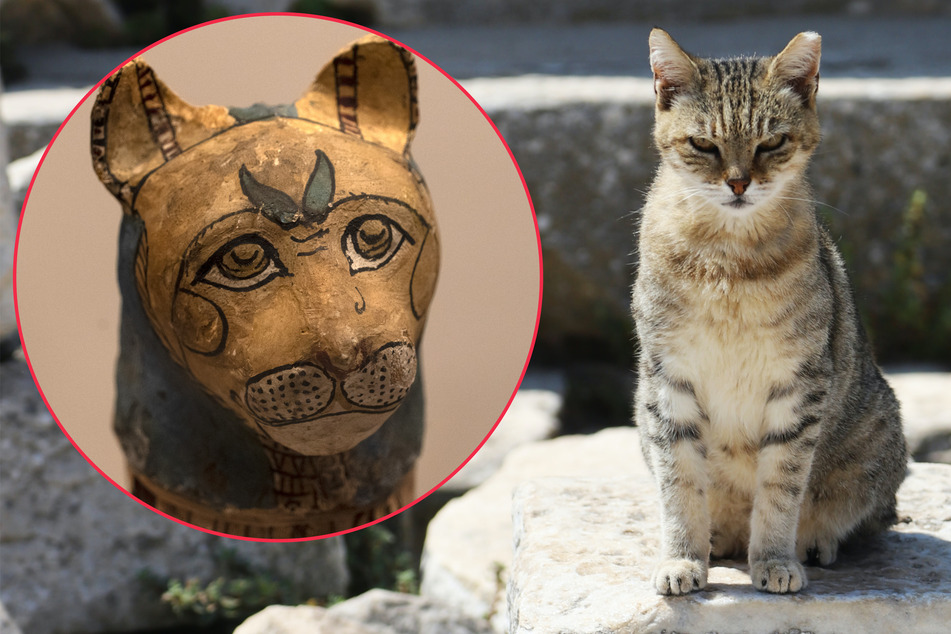
No matter the breed of cat you own, the history of its species is an ancient, long story, filled with all sorts of twists, turns, and interesting anecdotes.
From the ancient Egyptians to the Romans, feline friends have been around for thousands of years, and deserve to have their stories told.
In this cat guide, we will reveal the natural facts behind cat history. What is the history of domestic cats, how were they domesticated, and what were their role in ancient Egypt?
TAG24 also takes a look at the history of a few specific cat breeds and more.
The history of domestic cats
While not entirely domesticated at first, cats have had an intimate relationship with humans for well over ten thousand years, possibly more around twelve thousand. Their first appearance as pets came incidentally, when humans first started the process of farming and storing agriculturally produced food and goods.
At the beginning, grain was the main food source that people produced on agricultural farmland. The problem was that grain attracted rodents like rats, which often carried diseases and other nasties, and would inhabit areas close to humans as a result of the food source. This in turn caused some of the first human-cat relationships to ever develop.
Human society was mostly located in the "Fertility Crescent" at the time, a region that stretched up from the equator in Africa, into what is now the modern day Middle East and Western Asia. At the time, Middle Eastern wildcats - a breed known as felix silvestris lybica - were the most common in the region.
As more and more grain began to be stored, human settlements continued to attract more and more rats and mice. Since this was such an abundant and lucrative food source for these ancient kitties, they began moving in around human civilization and hunting the rodents.
It was a great coexistence, the humans attracted food for the cats by way of their grain supplies and the cats protected the grain supplies by killing the rodents. The coexistence continued for thousands of years, new species of cats evolving that would specifically live around human communities - the modern cat, felis catus.
As time went on, humans became closer associated with cats and began bringing them into their homes. Indeed, due to the cultural significance and the help that cats afforded to human survival, they began to develop a mythical status in many places including ancient Egypt, Cyprus, and ancient Rome.
Ultimately, it's a story of cooperation, though. Cats and humans became friends and cohabitated because the former needed food and the latter needed their food to be protected. They are the true "man's best friend" as, without these historical cooperations, who knows how history would have turned out.
Domestication and cat history
Cat domestication is something that happened throughout this process, as humans slowly started to get used to having cats around and realized their significance. As human-cat conflict decreased in itself, and cooperation increased, people wanted more and more kitties in their communities to help keep rodent populations to an absolute minimum.
As a result, people started bringing cats into their homes, to keep their primitive dwellings cleaner and free of infestation. They then started worshiping them in many cases, giving them a mythical status, feeding them, and making sure that they were comfortable.
All of this happened, we can't forget, over tens of thousands of years, giving cats plenty of time to evolve and adapt to human behavior. Modern cats come in many breeds, but they all carry this heritage and have all evolved to coexist with humans.
History of cats timeline
As cats got more and more interrelated and inseparable from humans, they slowly started to move around the world, spreading from the Middle East into parts of Asia, Europe, and eventually all across the globe. It's an extremely long timeline to discuss, though, as it stretches over more than ten thousand years.
Timeline of cat history - Some highlights
10,000 years ago: Cats were largely domesticated in the sense that they had evolved to live near humans, though not in people's homes.
9000–9500 years ago: Cyprus becomes the first known hotbed of intentional co-existence, as it seems that humans had brought cats to the island themselves.
5000 years ago (around 3000 BC): Ancient Egypt coalesces and cats slowly start to become part of their ethos. Before too long, cats are considered gods.
2000+ years ago: Ancient Egyptian cats are brought to Rome, where they become an integral part of European life and spread rapidly across the continent.
500 years ago (1500s): Cats reach the Americas by way of Christopher Columbus and other explorers. Additionally, cats become a pleasurable part of life rather than just simply a means to an end (or a god).
250 years ago (1700s): Australia meets its first domestic cats when European settlers steal and invade the lands of Indigenous people.
150 years ago until now: Cats become an essential part of modern life and achieve their now universal "pet" status.
This is, of course, a short summary of more than ten thousand years of cat history. There's much more to this story, and enough for many, many books.
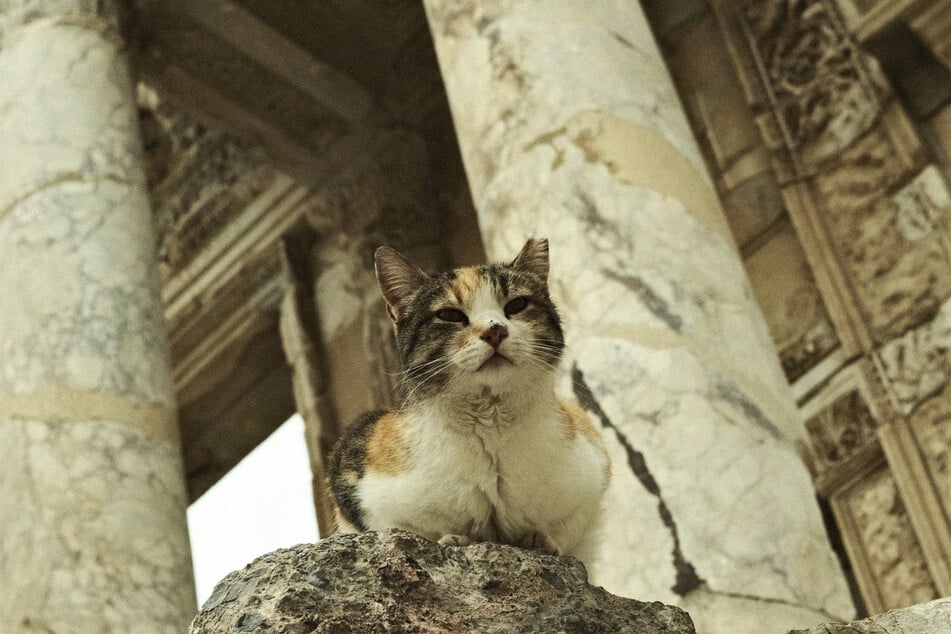
History of cats in Egypt
Perhaps the most well-known piece of cat history is in relation to ancient Egypt, where felines were considered deities and adorned upon many buildings and objects. In Egypt, cats represented justice, fertility, and power - attributes that were associated with the gods Mafdet, Bastet, and Sekhmet, respectively.
They protected the people of Egypt, as they had for countless civilizations before, but this time those people showed them more than just cursory respect. Stories told of cats killing venomous snakes that were set to attack the Pharaoh as early as the First Dynasty. As the civilization grew and aged, so did the stories and significance of cats.
Ancient Egyptian society and empire existed for thousands of years, going through all manner of reiteration, change, and adaptation. One thing that stayed the same throughout all of this process was the Egyptians' focus and devotion to the fluffy fellows that roamed their streets.
During the late period of ancient Egypt, from around 600 BC onwards, cats began to be mummified alongside the Pharaohs of the time, or as offerings for various gods. They became increasingly important and were featured heavily in the art, carvings, and culture of the time.
Bastet was the goddess and protector of cats, and the source of many massive festivals that Herodotus himself even referenced in his writings. Again, this is a fascinating, complicated, and long history, and one you can certainly read up more on!
Different cat breed history
While looking at cat history holistically can be an interesting, long and complex, a lot of enjoyment can also be garnered from narrowing down on a few modern day breeds instead. These cats hold special places in our heart for their individual histories and, as a result, are worth mentioning.
Of course, these are but four of thousands of cat breeds, each of which have their own distinct and interesting history. Let's take a look!
History of Maine Coon cats
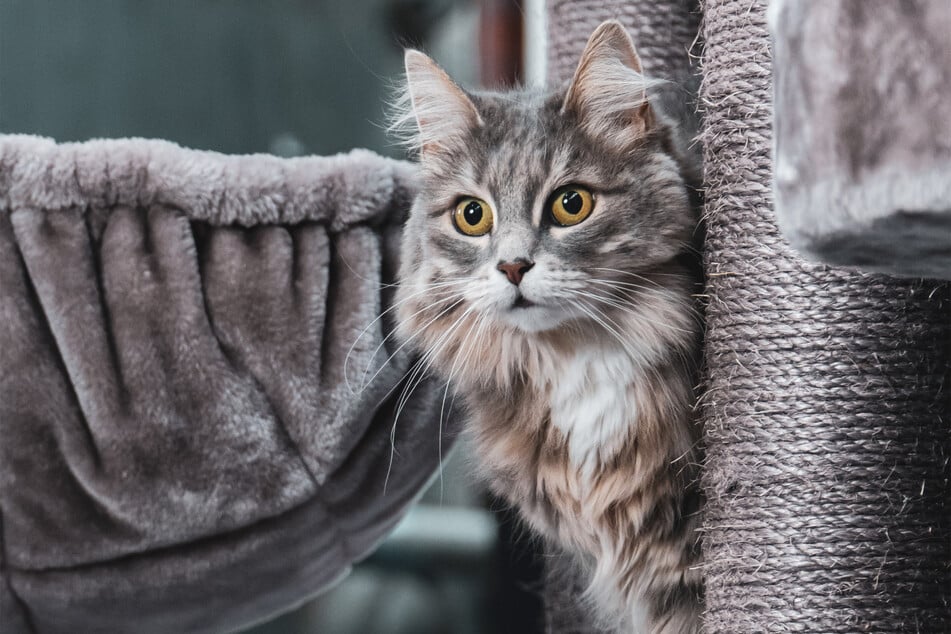
The Maine Coon takes its name from the US state from which it hails. They are thought to have been established more than a century ago by mating between local shorthairs and international longhairs. They have big, thick coats that protect them well against the cold and their hair evolved for exactly that purpose - keeping them safe during the bitter cold of the New England winter.
One particularly fascinating story, although one that is not verified, involves Marie Antoinette, the French Queen who was executed in 1793. The story goes that she was planning to escape across the Atlantic before her capturing, and had her servants pack a ship ready with all her most precious things.
These antiquities reportedly included six Turkish angora cats (some re-tellings of the tale suggest that they were actually Siberian cats), which despite their queen's demise managed to make it safely across to the east coast of the newly-established United States. It is then thought that they mated with local cats in places like New York and Maine and eventually evolved into the Maine Coon.
While this particular story might seem a little bit far-fetched, we're going to go with it simply because it's a real cracker! The idea that Maine Coons, some of the most majestic and biggest mongrols out there, were descendants of Marie Antoinette's cats? That's pretty cool!
History of Siamese cats
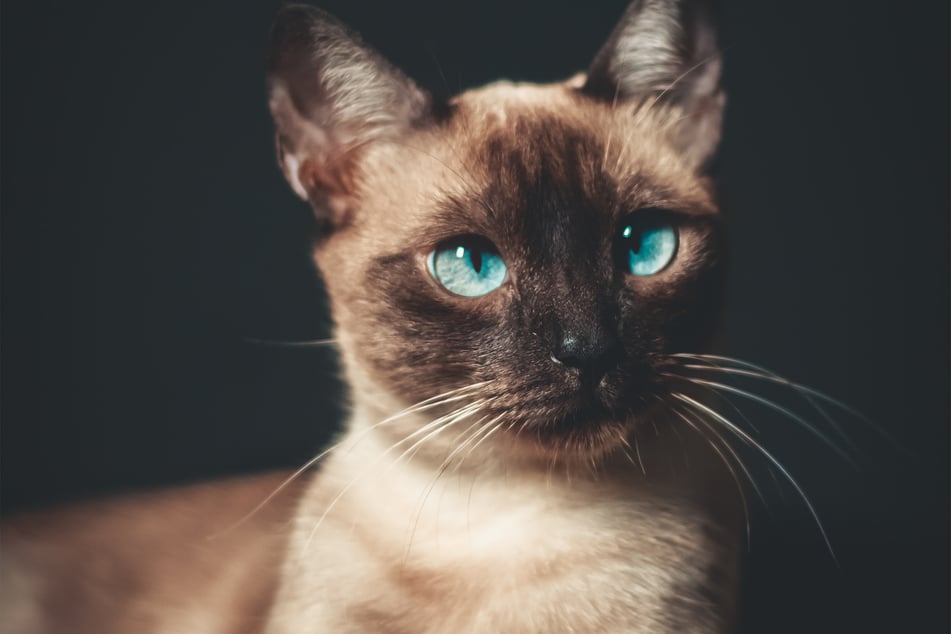
The exact origin story of the Siamese cat is relatively unknown, but they originally hailed from Thailand. At the time, the country of Thailand was known as Siam, which is where they get their name. Local Thai literature dating back to between the 14th and 18th century make reference to them.
These manuscripts, known as the Tamra Maew, described them as being royal beings and somewhat mystical. In Siamese culture, it was believed that when a person dies their soul would inhabit the body of a Siamese cat. Whatever their true origin, they first came to America in the 1800s and have since become one of the States' most popular kitties.
History of Bengal cats

In our dedicated Bengal cat profile, we explained that this breed don't actually come from Bengal. Instead, these beautiful cats were bred in California by a woman named Jean Mill. They have since become beautiful and widely loved kitties in the US and worldwide.
Interestingly, their name comes from the fact that the original Bengal cat was a cross between the Egyptian Mau and the Asian leopard, the latter of which is widely found in Bengal, an eastern region of modern day India.
History of Persian cats
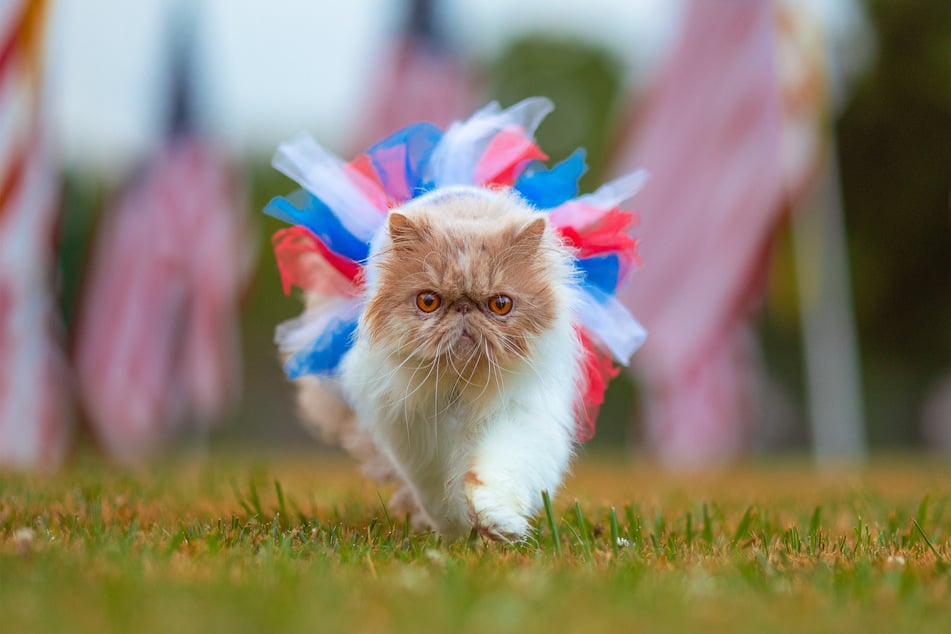
Persian cats are a fascinating breed that originated way back in the 1600s. They originated in Mesopotamia, which later became Persia and then Iran. They are one of the oldest breeds in the world, and also one of the most famous and well-loved. It seems that they made it to the west in the 17th century.
These regal cats have smooshed faces and are favorites of royalty and history. Queen Victoria, for example, was a big fan. What's most interesting, though, is that the Persian cat has one of the most contested histories in the feline world. Some even dispute the idea that they originally came from Persia - again, this is another topic that could fill a whole book!
Cat history is long and fascinating!
As we've discovered, cat history is so lengthy and full of anecdotes, stories, and curious cases of feline friendliness that it's impossible to uncover everything. Indeed, the history of cats is a subject that you could fill a thousand-page book with and still have things left over that are worth sharing.
There is plenty more to learn, and every cat breed has its own individual story, so keep your curiosity alive - and we'll be back with more pet history!
Cover photo: Collage: IMAGO/Pond5 Images & Unsplash/Furkan Dokuzlar
